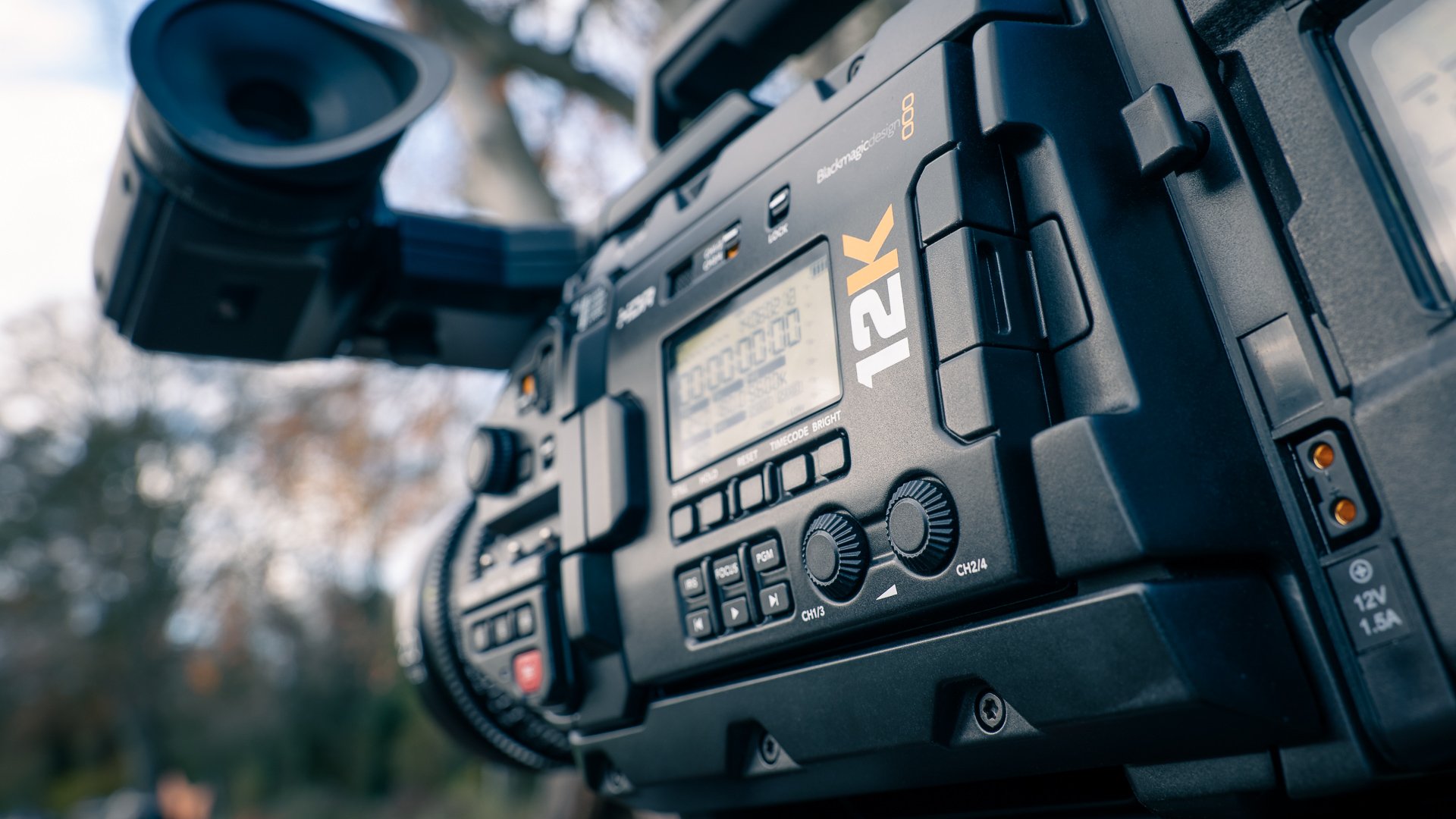
The URSA Mini Pro 12K has certainly stirred debate. We were given early access to the camera and this is what we discovered. Includes full raw footage downloads.

The Blackmagic Design URSA Mini 12K.
When the URSA Mini Pro 12K was unveiled and Blackmagic Design’s CEO, Grant Petty, zoomed out from a cropped image to reveal the full extent of the new camera’s resolution, it brought back all the usual discussions over resolution and what it means for video.
I think it would be accurate to say that the URSA Mini Pro 12K split opinion between those who are all for it and those who think that the resolution race has gone too far. There doesn’t appear to be much middle ground on this. So who is the URSA Mini Pro 12K for, and what are the advantages and disadvantages of using it?
This article is a review, but I am going to be taking a rather different approach to things than I would do normally. Usually I would focus mostly upon the build quality and what the camera is like to use, generally because almost all cameras now produce really good images and it tends to be the practical nature of the devices that are the differentiators.
Whether an image is considered to be good or not is generally subjective in all but specific circumstances. In the case of the URSA Mini Pro 12K we are in the position of having a known quantity in many respects. Externally the URSA 12K isn’t much different to the existing URSA Mini Pro 4.6K G2. It features the same construction quality and general button placement. In fact other that the 12K moniker on the side of it, you’d never be able to tell the difference. As a result in general use it feels no different, and it is just as easy to use.
Therefore I’m going to be looking primarily at the recording options and the picture quality, as well as going into why you may or may not be the sort of person who should consider owning one. It’s not easy to draw objective conclusions because there are so many variables, and so much of what I say falls very much under the 'subjective' banner.
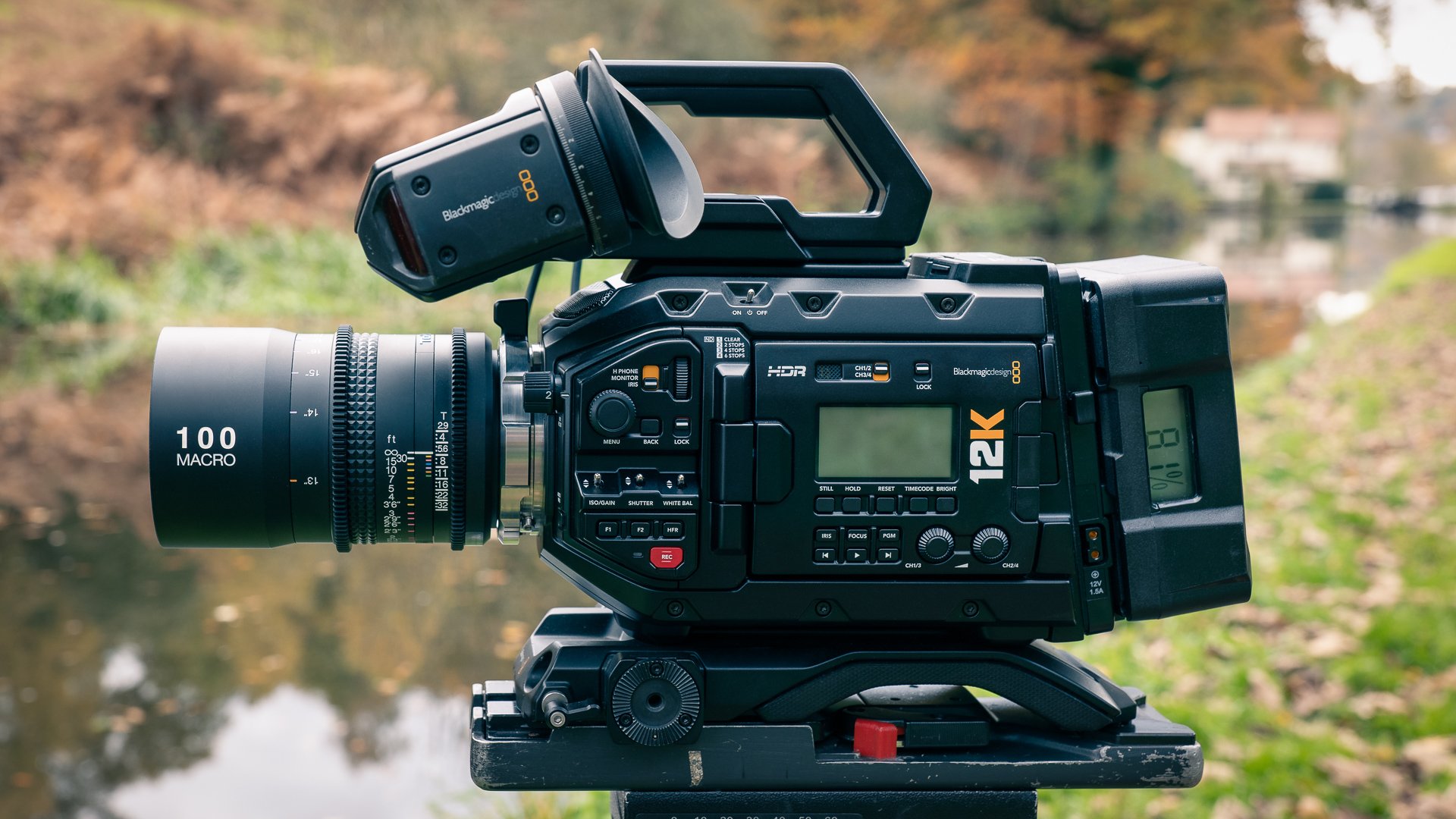
URSA Mini Pro 12K with the Tokina PL 100mm Macro lens.
Do we really need 12K video?
The big question surrounding the URSA Mini Pro 12K is the question of why it was felt that we needed 12K in the first place? Why not a 6K or 8K model? With 8K only just becoming ‘normal’ in televisions and with no current 8K delivery system outside a handful of YouTube and Vimeo videos it is a sensible question to ask.
To put the sheer size of an URSA Mini Pro 12K frame into perspective, it's one compressed raw 80MP still image being recorded at up to 75 times every second. A huge number of high quality stills cameras take photos at 24MP, with even the Sony A7R IV taking ‘only’ 61MP stills. To go any higher and you are generally looking at a medium format camera like the Fujifilm GFX100, which can take photos at 101MP. But even these cameras cannot even begin to shoot at 75 frames per second even with an electronic shutter option. Even allowing for some sort of compression they can't do it in JPEG mode either.
It’s only when you look at the URSA 12K like this that you begin to see how staggering a technical achievement it is. Remember, only three years ago we were looking at the world’s first ENG style 8K camera from Sharp, and that was an ugly beast. That camera now looks positively like a dinosaur compared with the URSA Mini Pro 12K.
But technical achievements are one thing. It’s all very well to take a similar attitude to the one behind why climbers climb mountains, “because it’s there”. But does it serve a practical purpose, or is it just an exercise in doing something 'because we can'?
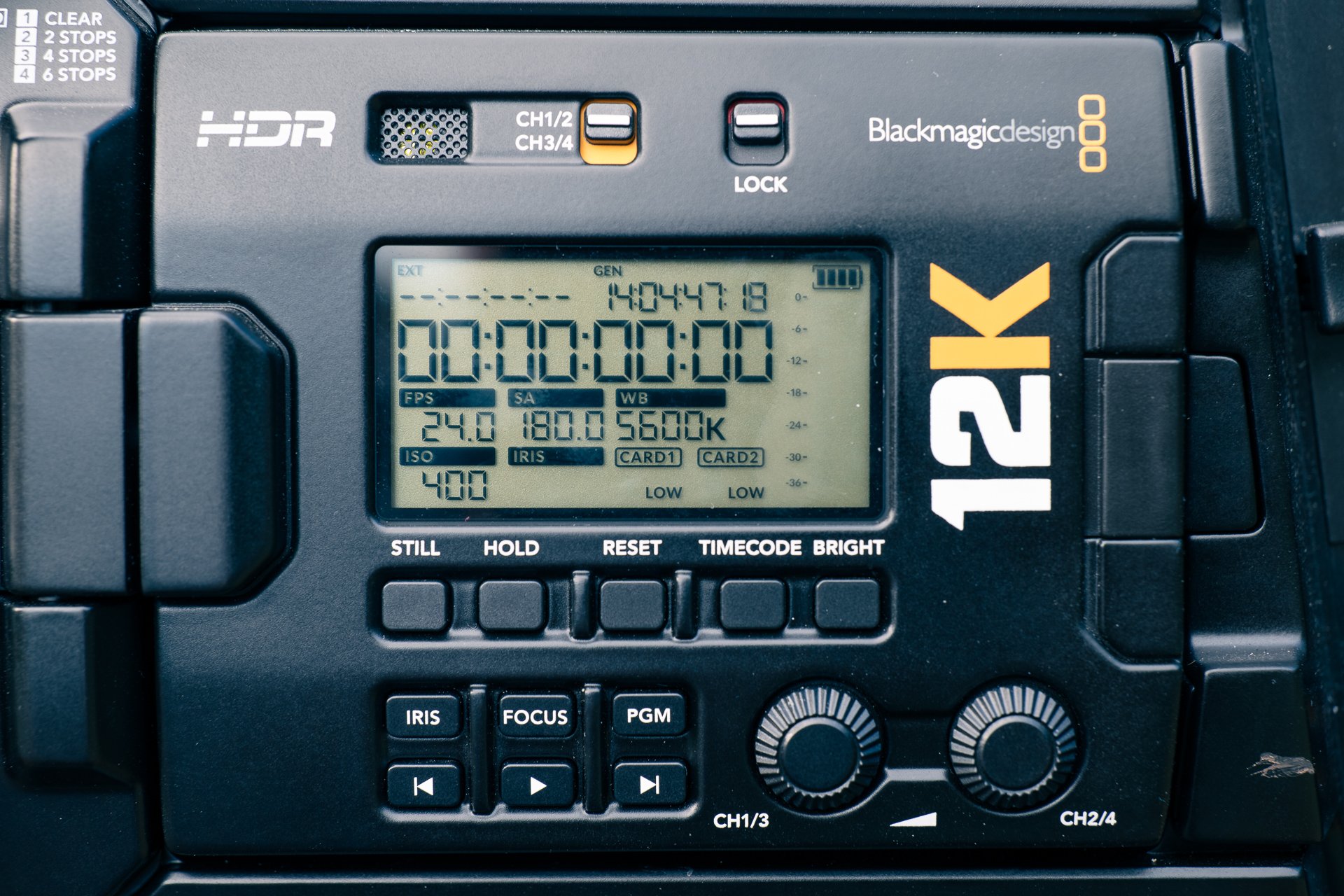
One of RedShark’s most popular, and controversial articles, was one entitled Why large format 14K is the perfect future. It was based upon presentations given at the Camerimage event in Poland by such industry luminaries as Panavision’s Dan Sasaki. His message was a simple one, “Acquisition resolution is more important than exhibition resolution.” 100MP was chosen as the ideal resolution because it matches the 100 million rods and cones in the human eye.
To quote two relevant paragraphs from the article,
“The panellists were also keen to dispel the myth that higher resolutions are sharper. This might have been true of early HD cameras, which employed in-camera sharpening, but not anymore. High resolutions are in fact smoother than lower ones, a fact which Sasaki demonstrated with two images of a circle. The first was super-low-res, like an eighties video game — sharp and blocky. The second was higher-res, and with more pixels to describe the curves, it was clearly smoother.
Smoother images, and smoother curves particularly, apparently enhance the impression of depth. “More resolution evokes the imagination of the brain,” as Light Iron’s senior colourist Ian Vertovec put it. Förderer had expressed a similar sentiment in his panel: “A 4K DCP shows you more of the performance, on a subconscious level than seeing a 2K DCP.”
In other words extra resolution gives you a perceptive difference even if it might not be immediately apparent to you what it is, even if that image is then downconverted to a lower resolution.
With the URSA Mini Pro 12K we are very closely reaching that point. In fact it’s so close that we might as just say that it is at that point. The resolution is so high that it’s pretty much at the point where digital has become ‘analogue’. Okay, that is objectively not true, but subjectively it is.
Do we need 12K? No, we never need such resolutions. Does it give tangible advantages? Yes it most certainly does, for all the reasons mentioned at Camerimage and more. There is the usual option of cropping and reframing, but it’s also about manipulation. Much finer keying is theoretically possible on minute detail for example. At these sorts of resolutions noise becomes much finer, too. But with ultra-high resolutions come some caveats relating to how the light is captured, which I'll come to later.
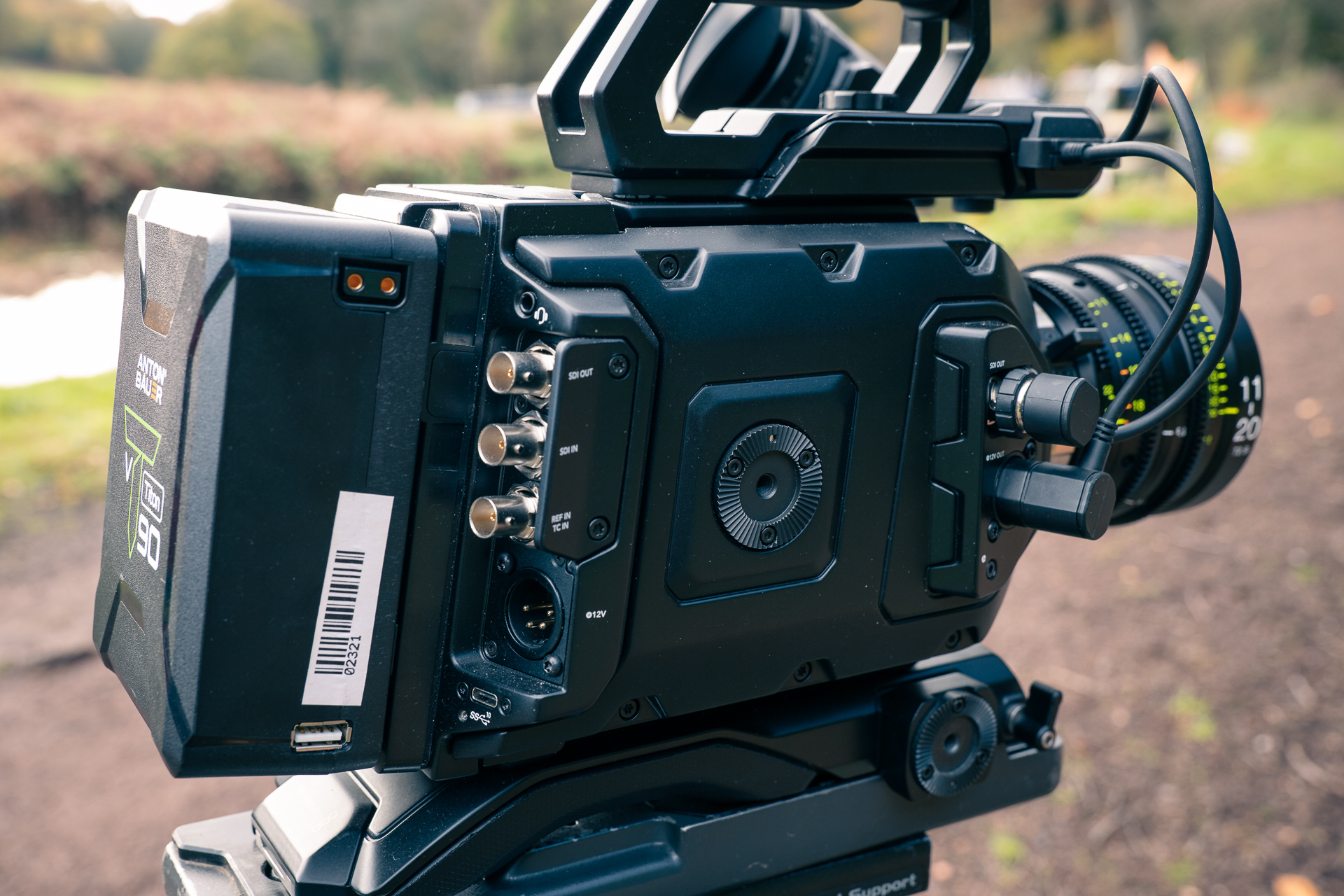
Who is the URSA Mini Pro 12K for?
The URSA Mini Pro 12K has a very specific use in mind. High end cinematography. Sure, that most definitely includes documentary, but it is most prominently aimed at productions that absolutely will be going through a post grading workflow. There’s no ProRes or Avid DNx recording options here, it’s BRAW all the way. Yes, you could use it to film lower end productions, but if that’s your bag you generally don’t need the URSA 12K, the Mini Pro G2 will be much better suited to you, and you can still film BRAW with it.
In fact it’s when you look at what you get for your money with the G2 that the highly specialist nature of the 12K becomes more apparent. The G2, with its oversampled 4K from a 4.6K sensor is a beast of a device. It’s about as close to a perfect camera as a modern camera can get. It can do anything you throw at it, and it does it really well.
The 12K device, to my mind, is very specifically for filmmaking. At such high resolutions the full character of the lens you are using is brought to the fore. Any deficiencies in the glass present themselves uncompromisingly. Sometimes that’s a good thing, such as with vintage models, but sometimes it can bite you.
Using the URSA Mini Pro 12K
As I alluded to earlier, functionality wise using the URSA 12K is no different to the G2, other than the very different recording options. There are more frame rates available as well as resolution choices. One of the benefits of such a high resolution sensor are the benefits it brings to other resolutions, and this includes ultra-high frame rates. 12K can be recorded at up to 75fps, or un-windowed 4K and 8K at up to 120fps, but you will need some seriously fast dual CFast 2 cards to do this, or alternatively a very reliable USB-C drive. You'll be wholly unsurprised to know that there's no SD card option.
The camera can be told to record to both CFast cards simultaneously so that alternate frames can be laid down to each. This ensures that the massive data rates that are reached while recording at those sorts of speeds can be handled without dropouts. Resolve knows how to rebuild the files after the fact. As you can imagine by doing this you will get through cards like a Labrador left on its own at an all you can eat buffet. A really good SSD drive should be a solid consideration for potential users, with the camera quite capable of spitting out 900MB/s of data - yes megabytes.
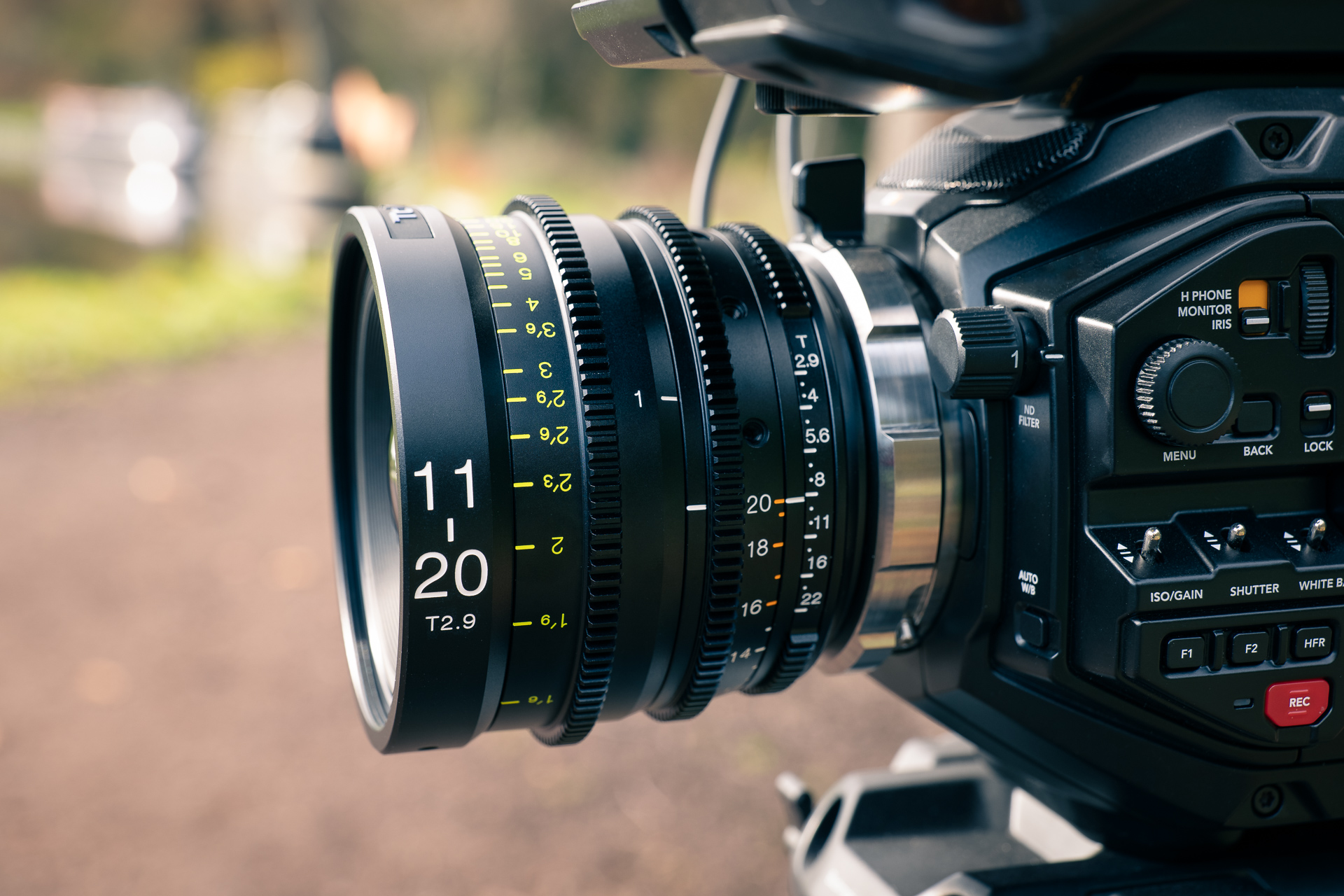
The URSA Mini Pro 12K with Tokina PL 11-20mm T2-9 lens.
For most of the footage I recorded with the camera I used the 2.4:1 ratio rather than the 17:9 ‘open gate’ option. The latter uses the full sensor height, but I was feeling all ‘cinematic’ and prefer the scope framing. Plus it was slightly more manageable data wise. I also used the S16mm 4K modes in high frame rate to see what the cropped image was like, as well as testing viability for more telephoto throw.
After my initial testing of the camera I did some serious damage to my leg in a surfing incident, which took me a while to recover from, and then Wales went back into lockdown. Subsequently so did the rest of the UK, leaving me with not the most imaginative locations to continue trials with. However I hope that the imagery I have captured will give you a good idea of what the camera is like. I have uploaded some raw clips for you to download, which I’ve linked to at the end of the article.
I have no studio, but I have also uploaded some clips taken under artificial lighting since I know some readers are tearing their hair out at the constant stream of natural light footage that keeps appearing in camera tests.
The tests were carried out with a mixture of EF lenses, as well as some Tokina PL cine lenses kindly loaned to us by Tokina. The URSA Mini Pro 12K has a user swappable lens turret, which takes around 5 minutes or less to change over. If you are planning to own this camera it comes by default with a PL mount, and this is the type of glass I would recommend using with it. With resolutions of 12K on offer you really do need the best glass to make the most of it. Any deficiency, and I really do mean any deficiency will show itself.
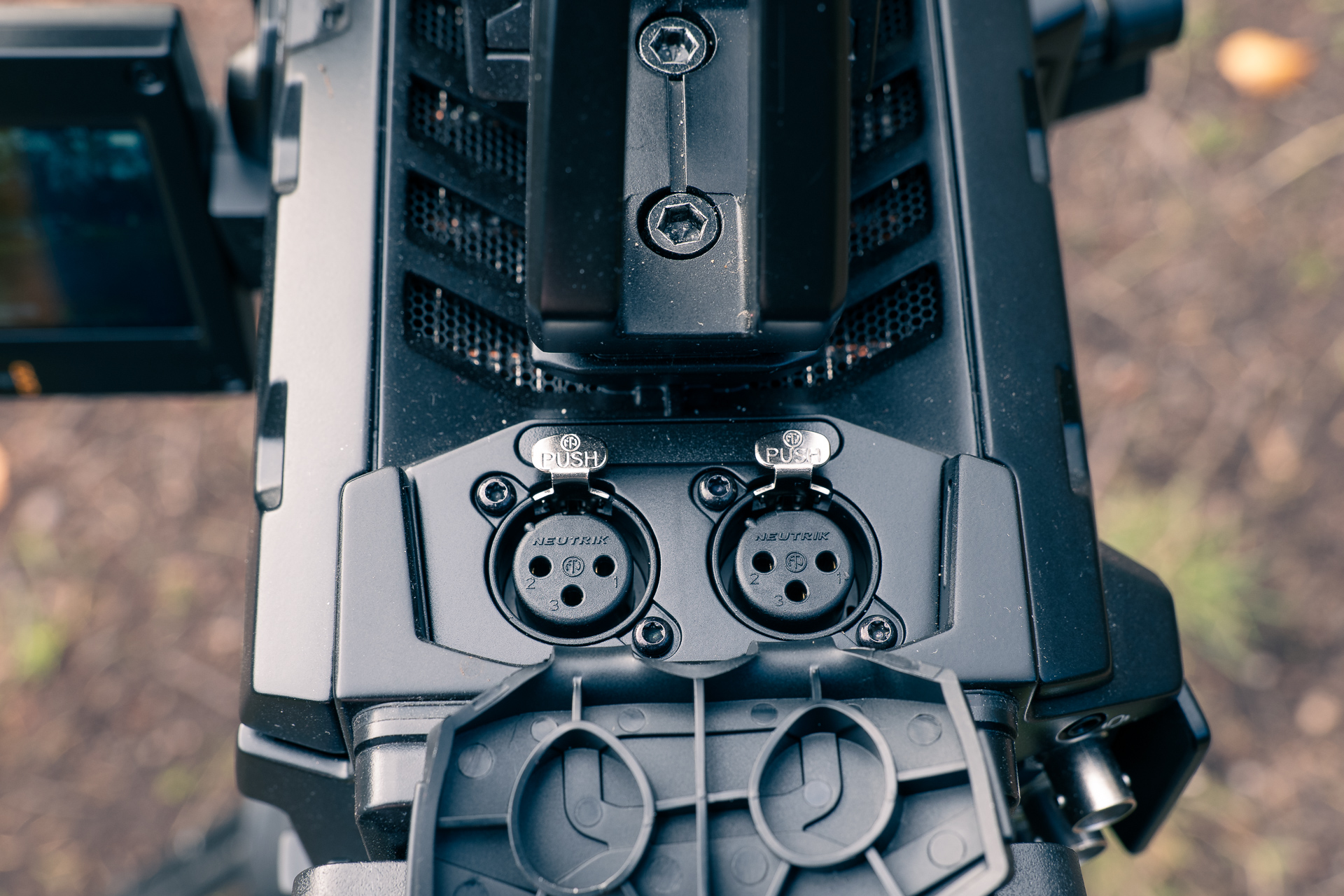
URSA Mini Pro 12K XLR sockets.
Power wise the URSA Mini Pro 12K is pretty power hungry. A combination of having to process 12K images and the use of FPGAs means that this was never going to be a power frugal device. At 55W draw for the body recording alone, with this increasing once an EVF and other accessories are added, you’ll need a decent new battery set to run the camera with. Although this is doesn't even approach the total power draw you might have to deal with on a device like the ALEXA XT, which can take 100W from the body alone.
Evaluation and conclusions
Evaluating imagery from a camera is mostly a subjective one because much of it depends on any given individual’s tolerance for noise levels, moiré and other factors. The URSA Mini Pro 12K doesn’t have dual base ISO functionality so it doesn’t have quite the low light performance of other models that do.
As a camera that only produces raw footage you should also be aware that because there's no noise reduction in-camera, or at least absolutely minimal, you'll need to be prepared to do much of this in post. This is the same for any camera that outputs raw footage and it's something I'm not sure that enough people are prepared for, or even realise they need to do. As you can imagine, dealing with noise reduction on 12K footage is going to seriously test your machine. If you are down converting for final output this may be less of a concern due to noise being averaged out.
That's not to say that the URSA Mini Pro 12K is a noisy camera. It most certainly isn't. But dealing with raw footage brings with it certain considerations. The other thing too remember is that there are no 12K monitors around, and so the absolute maximum you'll be able to monitor at currently is 8K. For the foreseeable future most post with this camera will be carried out in 4K and some 8K. It is difficult to imagine that anyone currently will go through a 12K end-to-end production to finish workflow. Although I'm open to be corrected.
If there's two things that showed up in my footage it's both my limitations as a camera op and the lens deficiencies. 12K really does not forgive any focus inaccuracies or lens issues, as you'll see when you download my footage. In many cases some lack of sharpness when examined at 100% magnification is a limitation of the glass, with diffraction making its presence much more felt at ultra high resolutions than it would do normally. You'll also notice chromatic aberration issues where ordinarily you might not be quite as aware of them. So you'll need to keep a close eye on the apertures your lenses perform their best at along with keeping a super-critical eye on focus. I tried my best to keep the aperture in the mid ranges, using the camera's built in ND to assist in keeping it there.
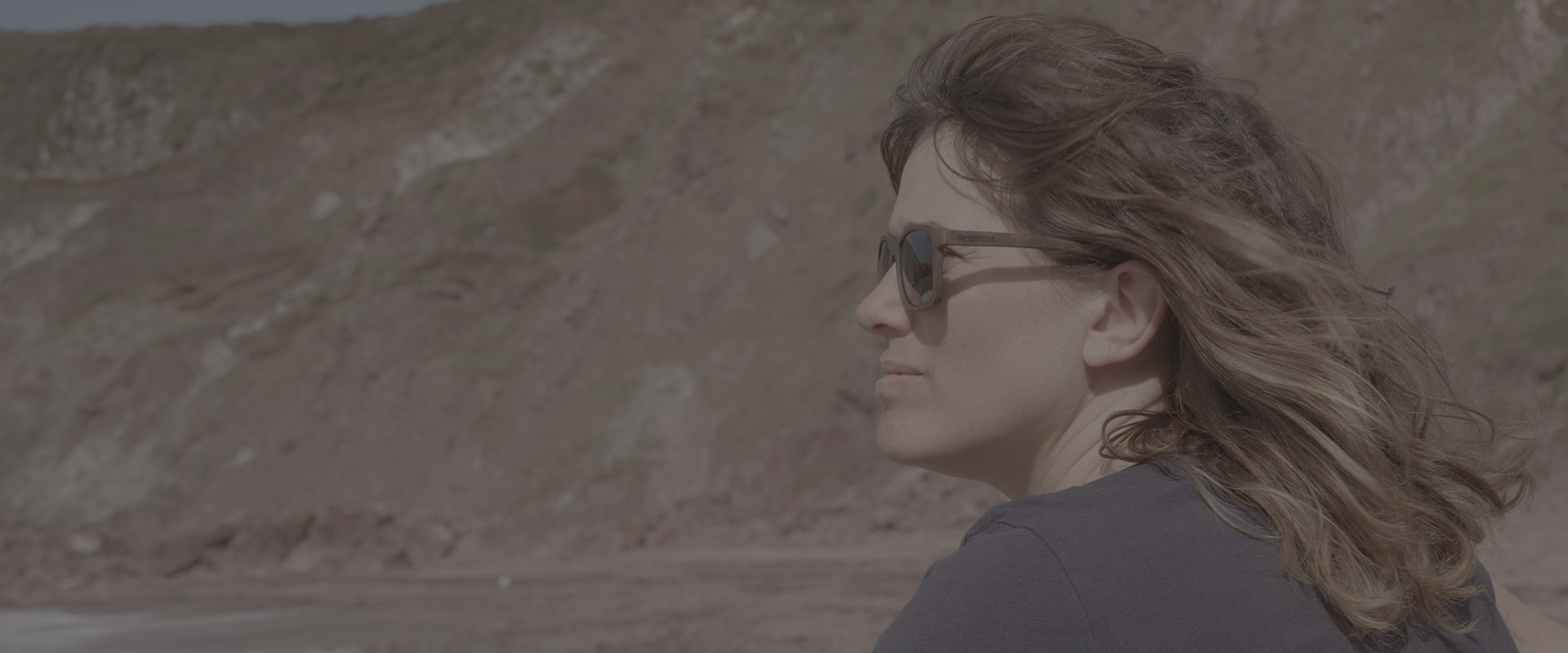
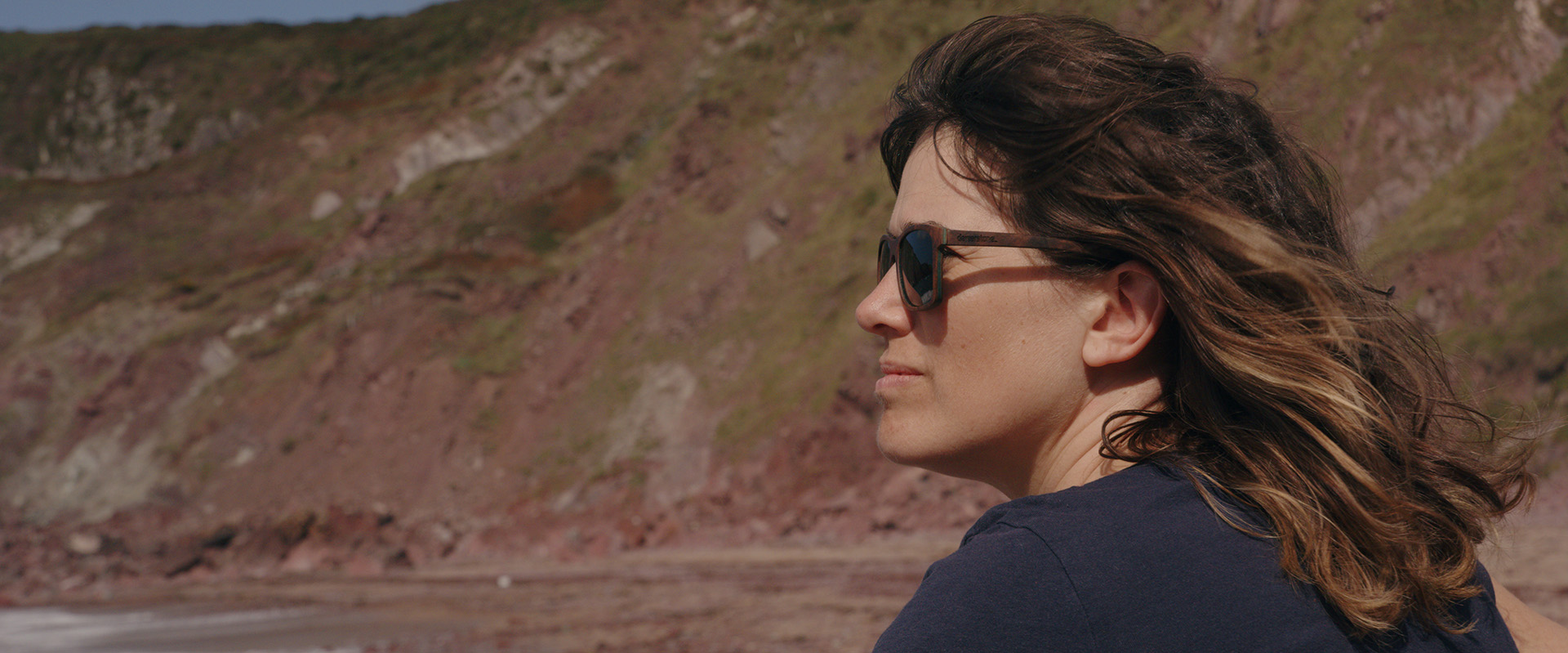 A still grab, ungraded above, with Gen 5 LUT applied below.
A still grab, ungraded above, with Gen 5 LUT applied below.
Who will use it?
As a 12K camera it will most likely be at its best as a rental kit with top quality PL cine lenses rather than as a self-financed system. It might be a lot less in outright cost than an Arri, but make no mistake, this is a serious cinematography tool, and to get the very best out of it in 12K you'll generally need to use the sort of glass that you can't afford.
In short I'm saying that if you will be using this as a 12K camera, you'd better be on your game! But it shouldn't be dismissed if you are using it for other resolutions. Downconversions look suitably fantastic, and there's also the incredibly useful 6K and 4K Super16 crop modes and slow motion capabilities. These latter modes, to my mind, are the unsung hero modes of the camera, giving you a huge amount of extra throw on telephoto lenses for sports and wildlife filming.
Because of the way that BRAW works, even if you shoot at 12K you effectively have all sub resolutions at the same time. This is because the URSA 12K was designed from the ground up hand in hand with the BRAW codec. The NLE can be told to decode the footage at different resolutions, and your editing machine's performance reflects the choice you make.
You can therefore bring in the footage into, say, a 4K timeline with the BRAW decoding globally set to decode to the project resolution. Editing the imagery, despite it being 12K sourced, then runs as quickly as it would had you shot it at a lower resolution. The resulting decode quality doing this is very high because it is effectively treating the footage as if it was shot at that resolution, which is down to the unique way that URSA Mini Pro 12K's sensor works and the BRAW footage encoded. If your machine still struggles the decode quality can be reduced in resolution further until you are ready to output.
The 5th generation colour science looks great with delicate tones on the camera handled very nicely. Dynamic range is wide with highlights looking natural. There is a certain quality I can't put my finger on that looks and feels 'filmic'. I know that that's an increasingly meaningless term to use these days, but in the absence of new words being invented it is difficult to articulate. Despite all the caveats I mentioned about lens and operator limitations, once you start to view at more mainstream resolutions, you have effectively taken an almost analogue image and utilised all that information for the lower resolution output. The result of doing that is most certainly going to make itself felt in some way.
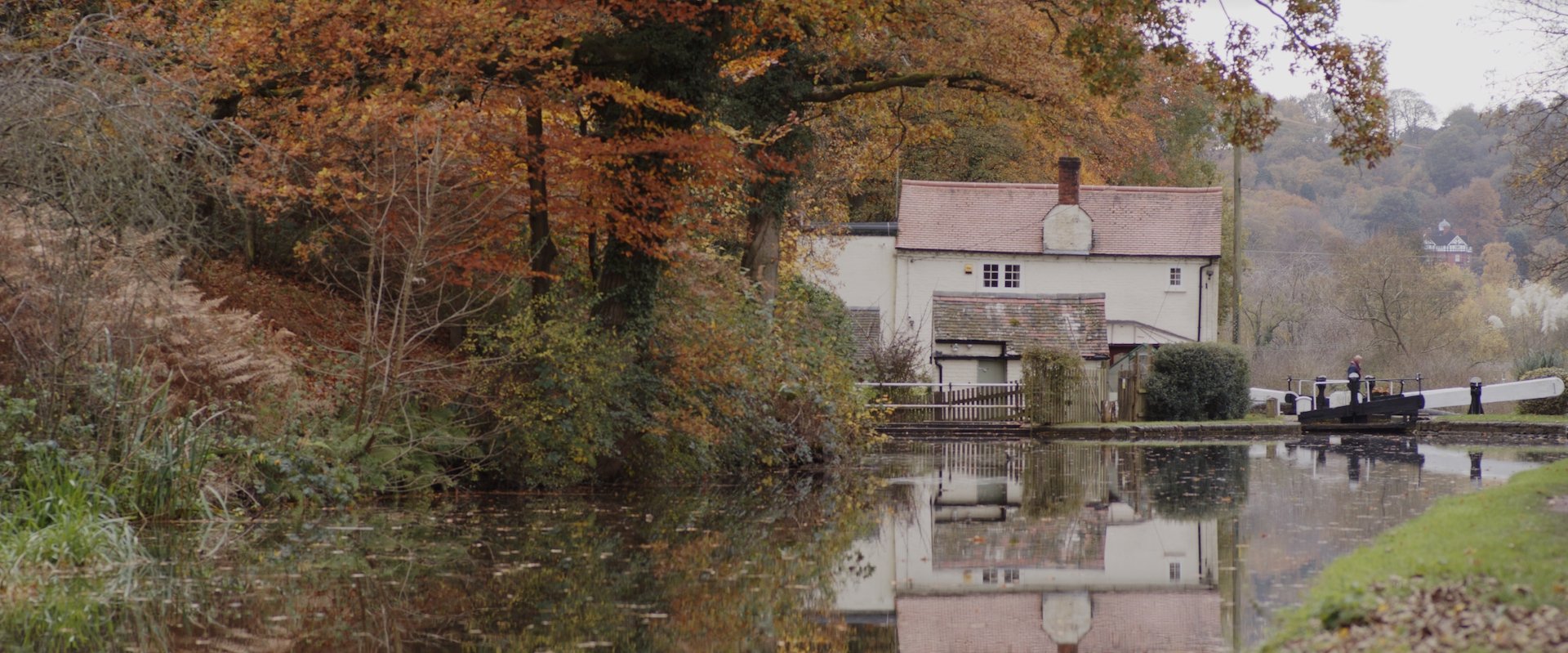
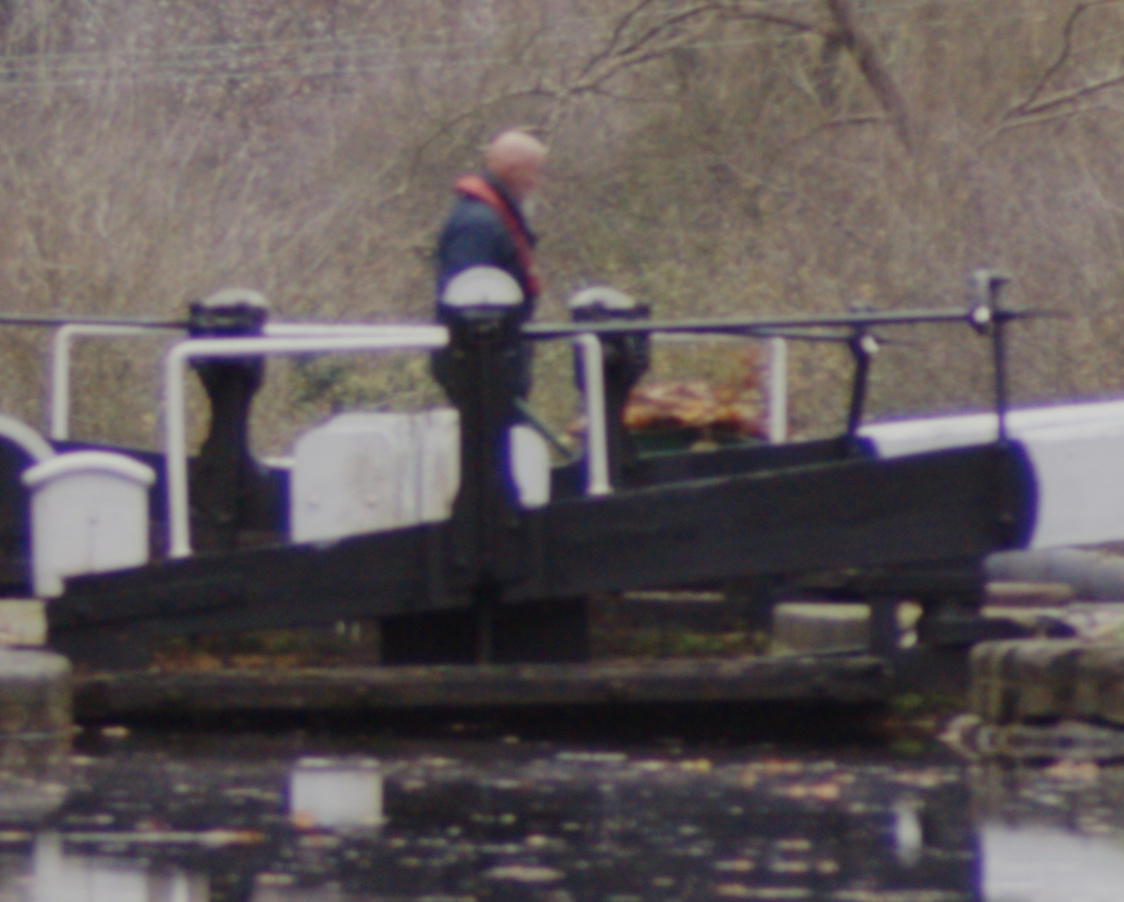
100% crop of the 12K image.
Ahead of its time
The URSA Mini Pro 12K is a camera that is ahead of its time. It might even be too far ahead, with both storage requirements and processing overhead being a forefront consideration when dealing with the full 12K footage. BRAW makes things as smooth and as easy as possible. But despite it being possible to perform edits on a laptop, to do things seriously you will need a true workstation.
Like the other URSAs, the 12K is highly robust and reliable with a build quality to stand up to typical on-set abuse. This stands it in good stead as a rental, something that I feel will be its primary market.
Film world prejudices do still keep Arri at the top of rental popularity, however not everyone can afford to rent one. A camera like the URSA Mini Pro 12K makes for a very serious bit of cinematography kit that would be a more affordable rent out for tighter budgets.
As for personal ownership, that's a more tricky question. You'd have to be a very self sufficient self producer who is happy to work only in raw, or someone who produces high end footage handovers for the client that demands raw workflows on a daily basis to make it work viably in that regard. It can certainly be done, but for these types of producers having the added flexibility of being able to shoot in ProRes on the URSA G2 would give more practical flexibility and options.
The URSA Mini Pro 12K retails for $9995, and considering what it does it represents a game changing amount of value. It is certainly a device that may split opinion right down the middle as to its necessity. But what you have to take into consideration is that this is purely a personal choice. You don't need 12K any more than you need 4K. But the fact is that it does offer very tangible advantages, assuming footage is shot with appropriate care and attention.
URSA Mini Pro 12K raw footage examples download
Rather than edit together a collection of shots from the camera, which with online compression tells you absolutely nothing, I have uploaded some raw, totally untouched files from the camera for you to download and experiment with. These are warts and all, in differing lighting conditions. From sunny outdoors, to overcast, through to mixed indoor.
They won't gain me an Oscar for cinematography, but I hope that they will allow some of you to get an idea of how the files handle on your machines. We'd be really grateful if you could share any grading results you get from using the files in the comments below.
All the files can be downloaded here. Be aware, these are huge files averaging around 3GB each.
Tags: Production Review


Comments